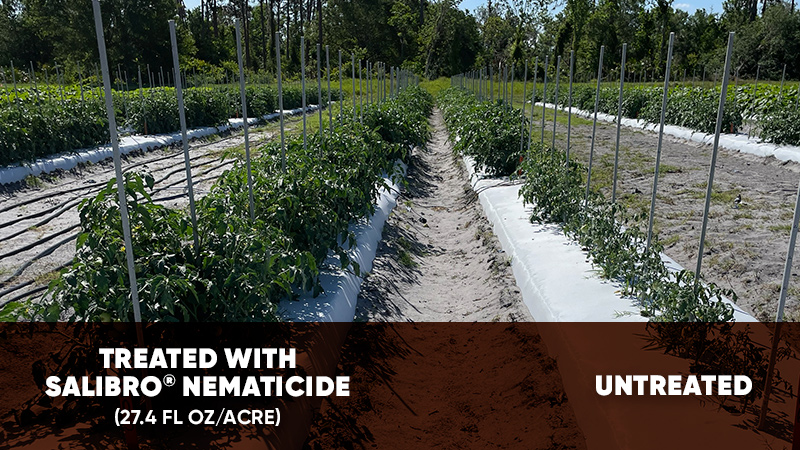Integrated Crop Pollination Project Off To Flying Start
Editor’s Note: Rufus Isaacs, a professor of entomology at Michigan State University and director of the Integrated Crop Pollination project, recently compiled this report on the status of the project.
Funded by USDA’s Specialty Crop Research Initiative in 2012, the Integrated Crop Pollination project (www.projecticp.org) is a coordinated effort of 15 organizations. Working in almond, apple, blueberry, cherry, raspberry, pumpkin, and watermelon, this team of almost 50 scientists and Extension outreach specialists are comparing different approaches to crop pollination. The 2013 field season was the first year for this effort, and the teams have gathered data on bees and other insects, visiting flowers at more than 100 farms across the nation. At each farm, bee collections were combined with sampling for the level of pollination and the crop yield at increasing distances into the crop plantings. This information will be used to assess the relative importance of honey bees and wild bees for production of these crops.
The team is also interested in examining how pollination changes with the addition of wildflower plantings that can attract and support pollinators. These plantings take some time to prepare and become established, so time will tell how big of an effect they might have. The pollinator habitat plantings have been prepared and are being seeded this fall in many regions, and will start to bloom in the next few years. “This highlights why long-term funding programs such as the SCRI program are so important,” says Dr. Rufus Isaacs, director for the project.
For another objective of the project examining alternative pollinators, blue orchard bees were evaluated in almonds during 2013, and the team is preparing for bumble bee and Osmia bee evaluations in tree fruit and berries starting in 2014. The team is also coordinating information on how to best manage these alternative bees for crop pollination, and will be able to build on their own experiences in this project to develop useful guides to aid growers considering these approaches to pollination.
Year 1 of this project has also been marked by budget uncertainty because the Year 2 efforts require a newly funded Farm Bill to go ahead. The team remains hopeful that budget issues in Washington, DC, can be resolved to allow this project to build on the momentum of this first year. But, because of the impasse, the team has been adapting and will be conducting some surveys online this winter to gather the information that was planned to be done through USDA’s National Agricultural Statistics Service. Look for a future announcement of the pollination survey coming up later this winter.
Crop-By-Crop Focus
“Project ICP” is a collaboration between the following team-members: AgPollen LLC, Franklin and Marshall College, Loyola University, Michigan State University, Oregon State University, Pennsylvania State University, Rutgers University, Saint Mary-of-the-Woods College, Simon Fraser University, The Xerces Society, University of California-Davis, University of California-Berkeley, University of Florida, University of Vermont, USDA-ARS Pollinating Insects Lab, and Wenatchee Valley College.
• In almond, the extremely early bloom time resulted in only honey bees and blue orchard bees being observed visiting blossoms at the 20 commercial sites in California.
• In apple, 13 orchards in Michigan and Pennsylvania were sampled for pollinators and yield across a range of landscape types.
• In cherry (sweet and tart), more than 2,500 bee visitations were recorded during sampling in the 13 orchards in this study.
• In blueberry, more than 8,800 bee visits were recorded from blossoms across 58 fields sampled in Florida, Michigan, Oregon, and British Columbia. Approximately 4,000 flower clusters were included in the pollinator exclusion experiments to measure pollination effects on yield.
• In raspberries, 10 raspberry fields in Oregon were sampled and more than 850 bee visitations were recorded.
• In pumpkin and watermelon, 35 sites have been sampled in California, Florida, and Pennsylvania.
ICP Project Objectives
The ICP project includes six different objectives:
1. Identify economically valuable pollinators and the factors affecting their abundance.
2. Develop habitat management practices to improve crop pollination.
3. Determine performance of alternative managed bees as specialty crop pollinators.
4. Demonstrate and deliver ICP practices for specialty crops.
5. Determine optimal methods for ICP information delivery and measure ICP adoption.
6. Economics and modeling of pollination ecosystem services.










